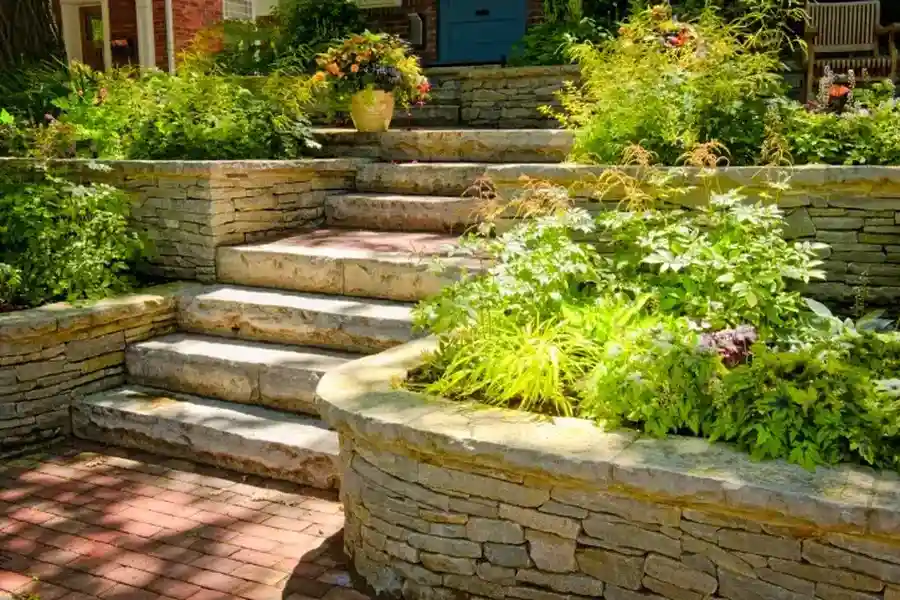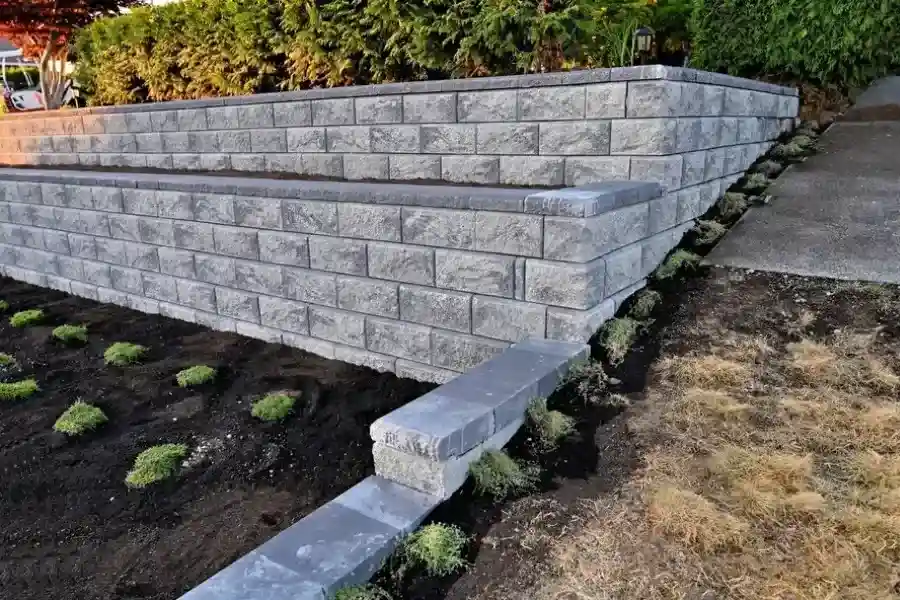A Guide to the Process and What You’ll Encounter
When planning a retaining wall project, knowing what to expect can make the process smoother. Whether you are aiming to improve your home’s landscape or manage soil erosion, understanding the steps involved is crucial. This guide will walk you through the various stages of a typical project, highlight potential challenges, and offer insights on best practices for success.

Initial Consultation and Planning
Your journey begins with an initial consultation where you discuss your needs and vision. An expert will assess your property and outline the scope of work. This stage is essential for identifying specific challenges, such as soil type or drainage issues, which might affect the project. Effective planning ensures that all aspects of construction align with your expectations.
Design and Material Selection
The next phase involves selecting materials and finalizing design plans. The choice of materials impacts not only the aesthetic appeal but also the durability of the wall. Options range from natural stones to concrete blocks, each offering different benefits. A well-thought-out design considers both function and form, ensuring your retaining wall serves its purpose beautifully.

Preparing the Site
Once designs are approved, site preparation follows. This includes clearing vegetation and leveling the ground. At this point, you’ll hear the term “retaining wall installation” as workers begin marking the layout. It’s crucial to have a solid foundation; therefore, excavation is carried out meticulously to prevent future complications.
Building the Foundation
This step involves laying down a sturdy base, often using compacted gravel or concrete footings. The foundation’s integrity directly affects the wall’s stability. Proper alignment and grading ensure water drains appropriately, a vital aspect of any successful retaining wall installation project.
Constructing the Wall
With the foundation ready, construction begins. Workers stack materials according to the design specifications, incorporating necessary supports like geogrid reinforcement if required. Precision in this phase helps maintain structural soundness over time. Regular inspections during building help catch minor issues before they escalate.
Finishing Touches and Landscaping
After construction, attention shifts to aesthetics and functionality. Adding finishing touches such as caps or decorative elements enhances visual appeal. Landscaping around the wall integrates it into your property’s overall look while supporting soil stability by promoting healthy vegetation growth.
Understanding Costs Involved
Several factors influence the cost of a retaining wall project. These include material choice, labor rates, and site-specific conditions like terrain difficulty. While initial costs may seem high, investing in quality materials and skilled labor can save money on future repairs and maintenance. Consider these aspects when budgeting for your project.
- Select durable materials for longevity
- Address drainage early to avoid future problems
- Use professional services for complex installations
Contact Me Today
If you’re considering enhancing your landscape with a retaining wall, I’m here to help. Located in Woodland, WA, I provide personalized guidance throughout every stage of your project. Reach out to Bogar Landscaping LLC at (360) 442-6357 for expert advice tailored to your unique needs.